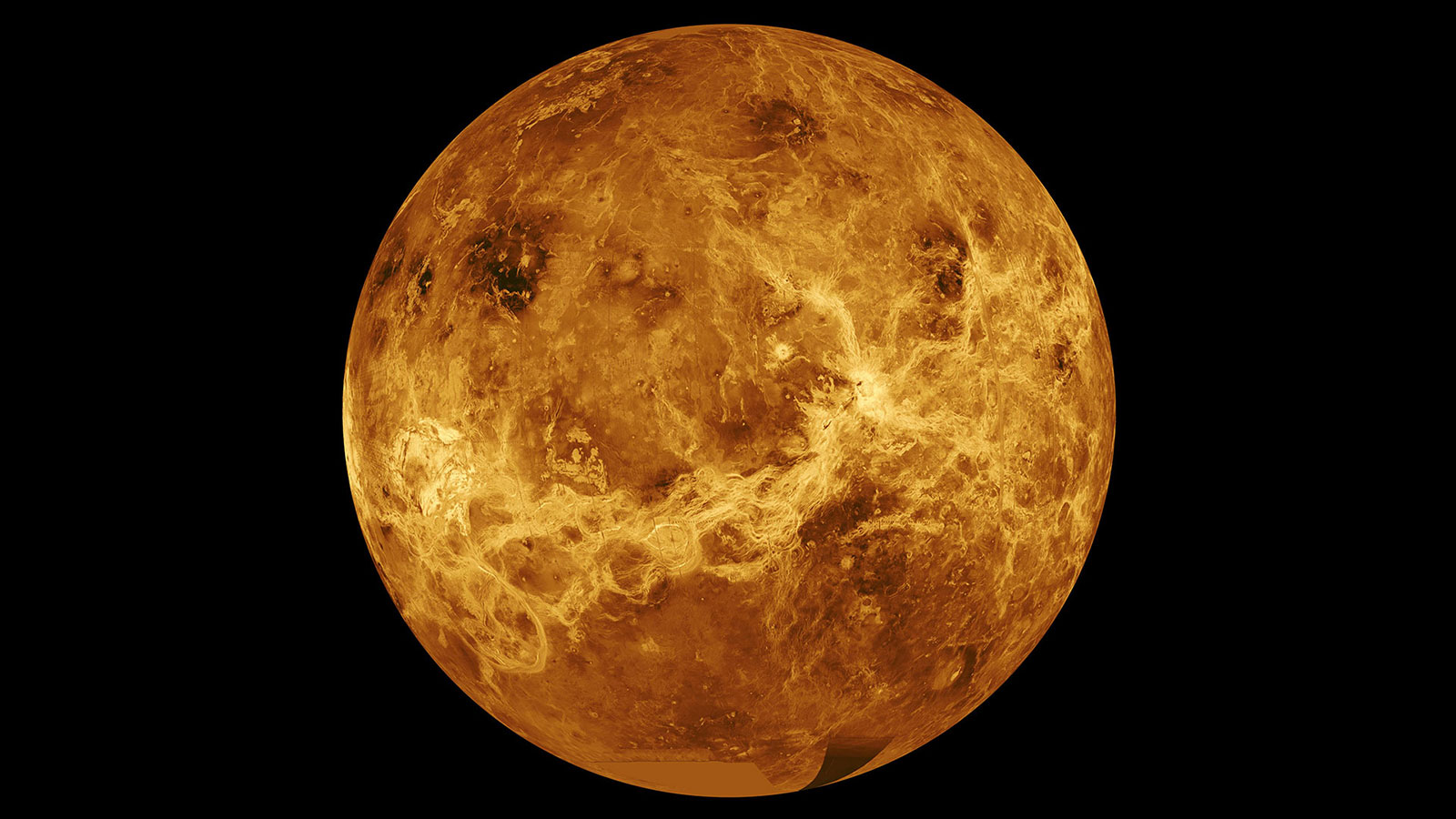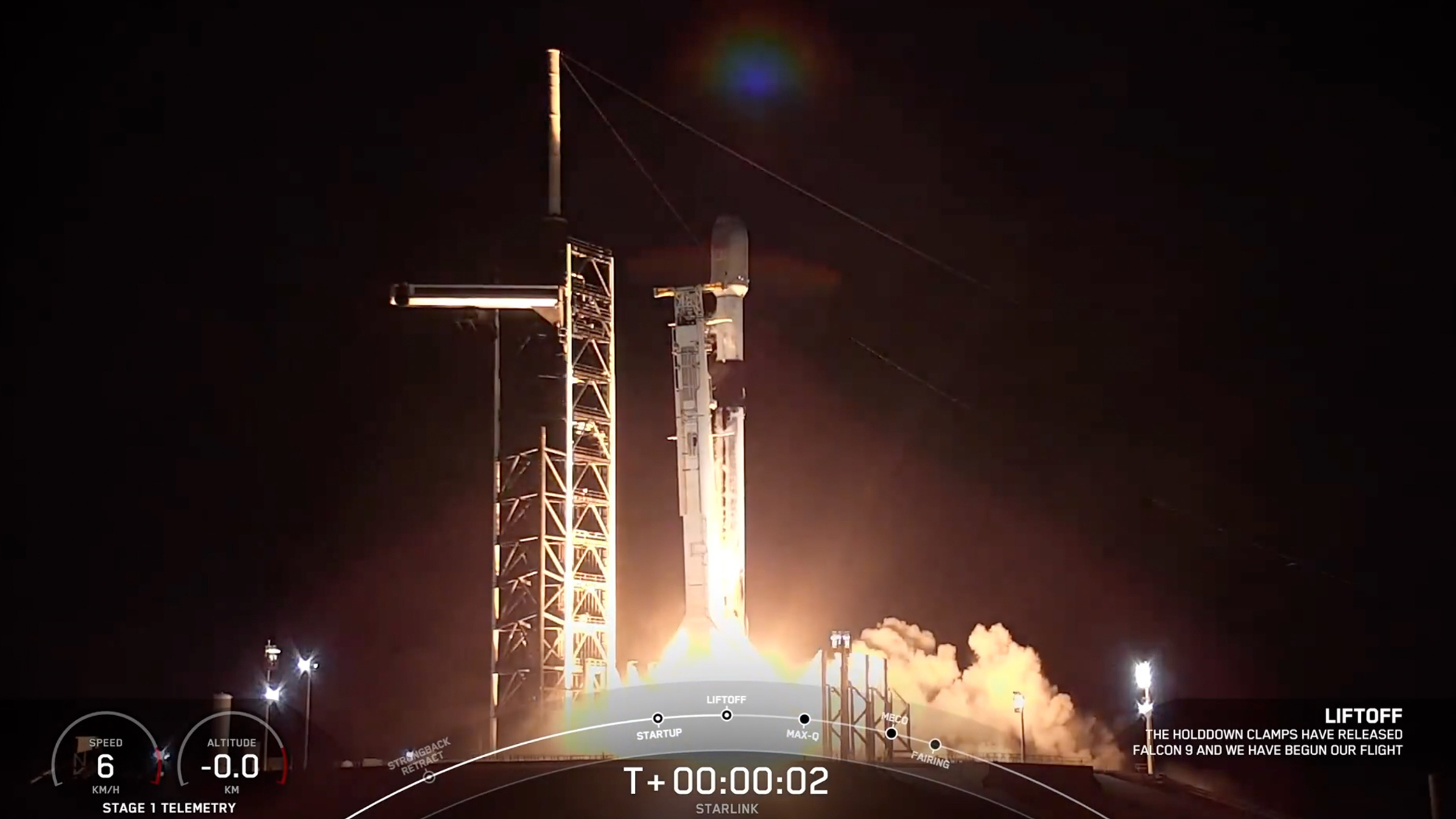
Meghan Bartels
Meghan is a senior writer at Space.com and has more than five years' experience as a science journalist based in New York City. She joined Space.com in July 2018, with previous writing published in outlets including Newsweek and Audubon. Meghan earned an MA in science journalism from New York University and a BA in classics from Georgetown University, and in her free time she enjoys reading and visiting museums. Follow her on Twitter at @meghanbartels.
Latest articles by Meghan Bartels
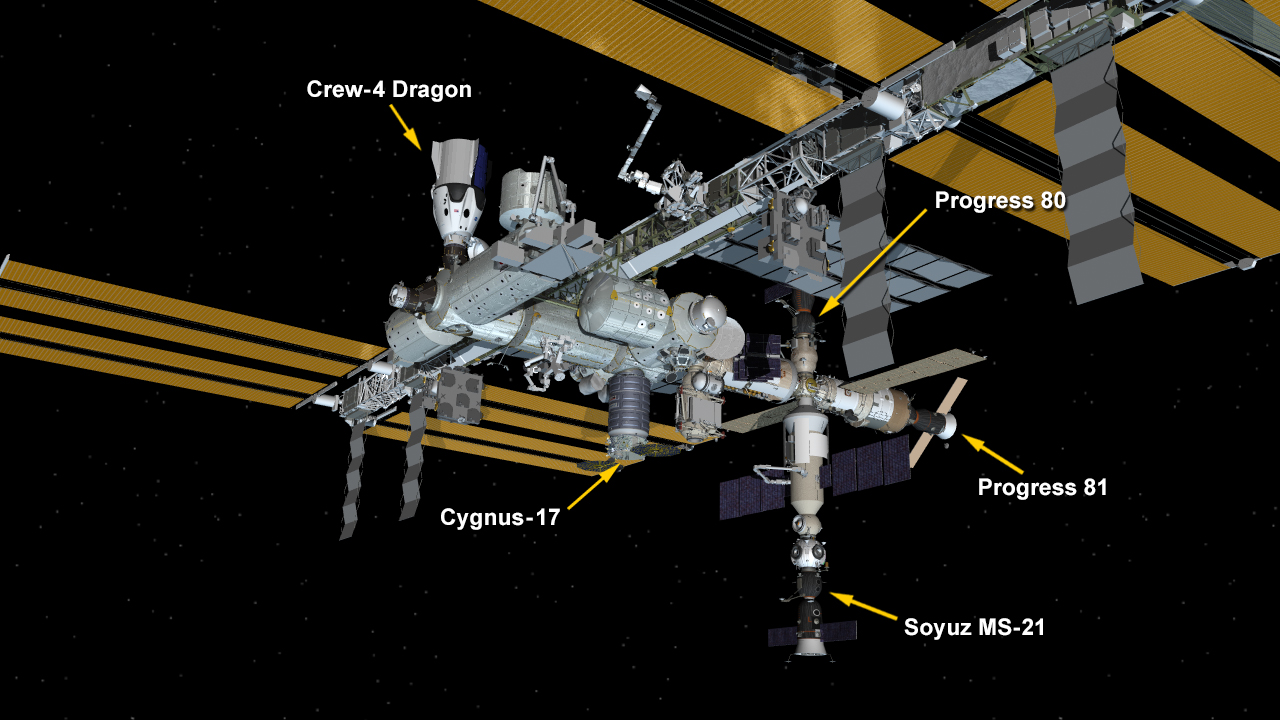
Planned space station boost by Cygnus freighter cuts off 5 seconds into burn
By Meghan Bartels published
A planned reboost maneuver of the International Space Station ended after just 5 seconds for reasons currently unknown.
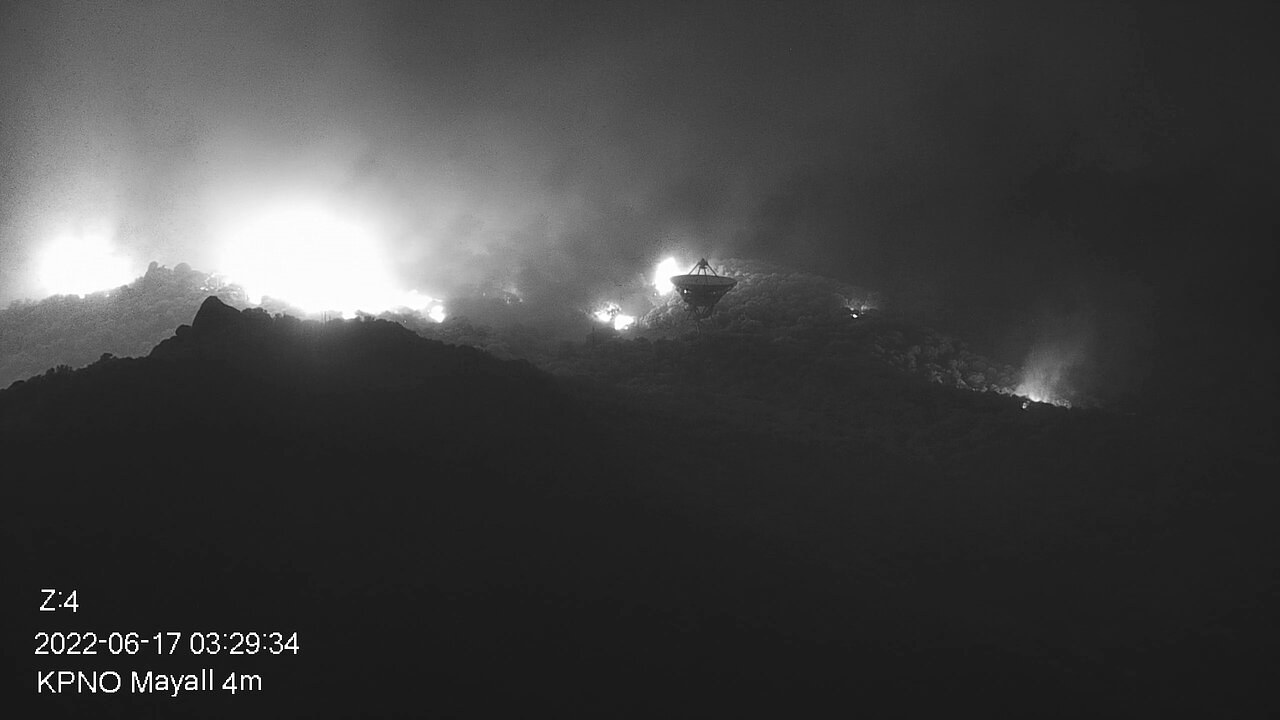
Arizona wildfire reaches some of famed Kitt Peak's telescopes
By Meghan Bartels last updated
A large wildfire in Arizona is seriously threatening a key site for astronomy.
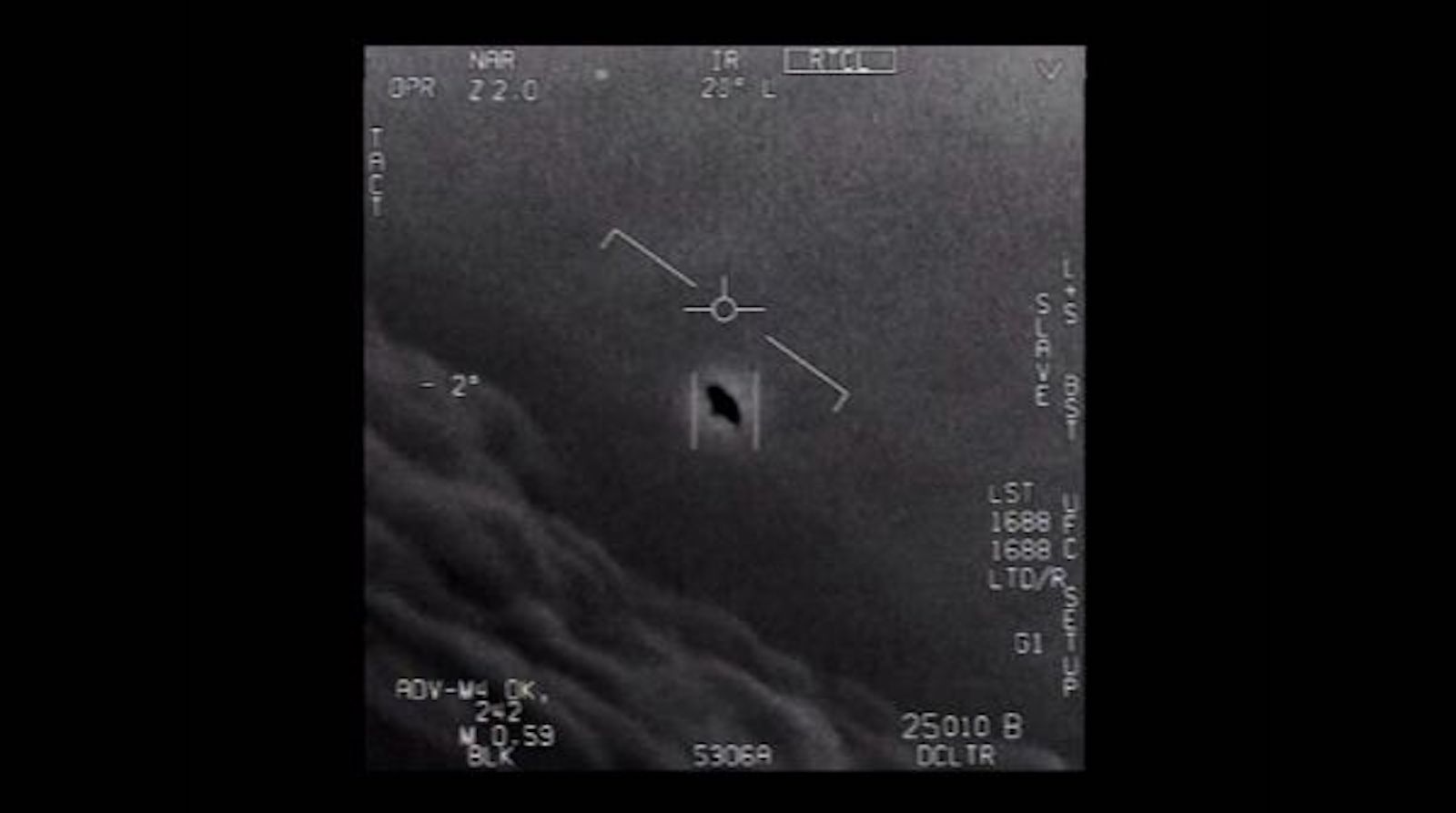
NASA is joining the hunt for 'unidentified aerial phenomena'
By Meghan Bartels last updated
NASA has arranged for a team of scientists to spend nine months evaluating unidentified aerial phenomena, or UAPs.
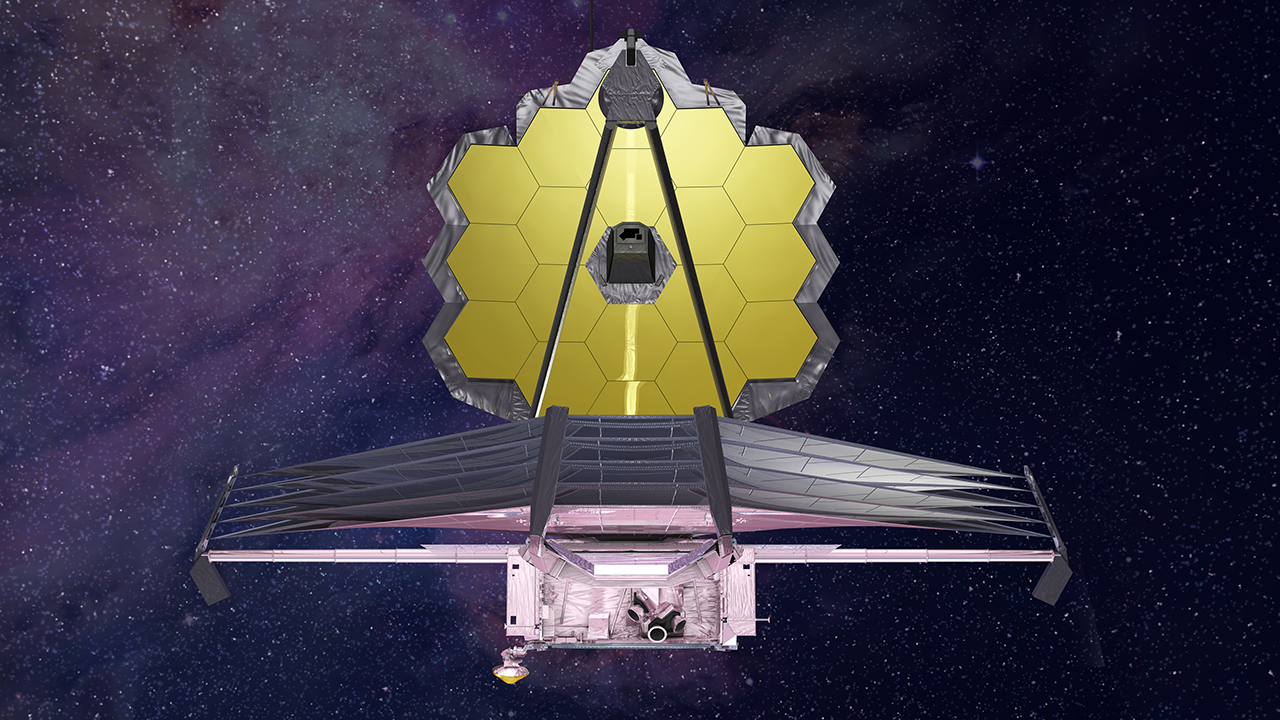
James Webb Space Telescope hit by micrometeoroid just months into flight
By Meghan Bartels published
NASA's next-generation space observatory has sustained its first noticeable micrometeoroid impact less than six months after launch, but the agency isn't too concerned.

NASA's Mars MAVEN spacecraft spent 3 months on the brink of disaster
By Meghan Bartels published
In February, one of NASA's Mars spacecraft slipped into a safe mode that nearly ended the mission.

There are two kinds of sunspots on the sun right now amid solar cycle change
By Meghan Bartels last updated
The sun offers plenty of brainteasers: Right now, for instance, it's sporting magnetic knots formed by two different cycles — simultaneously.
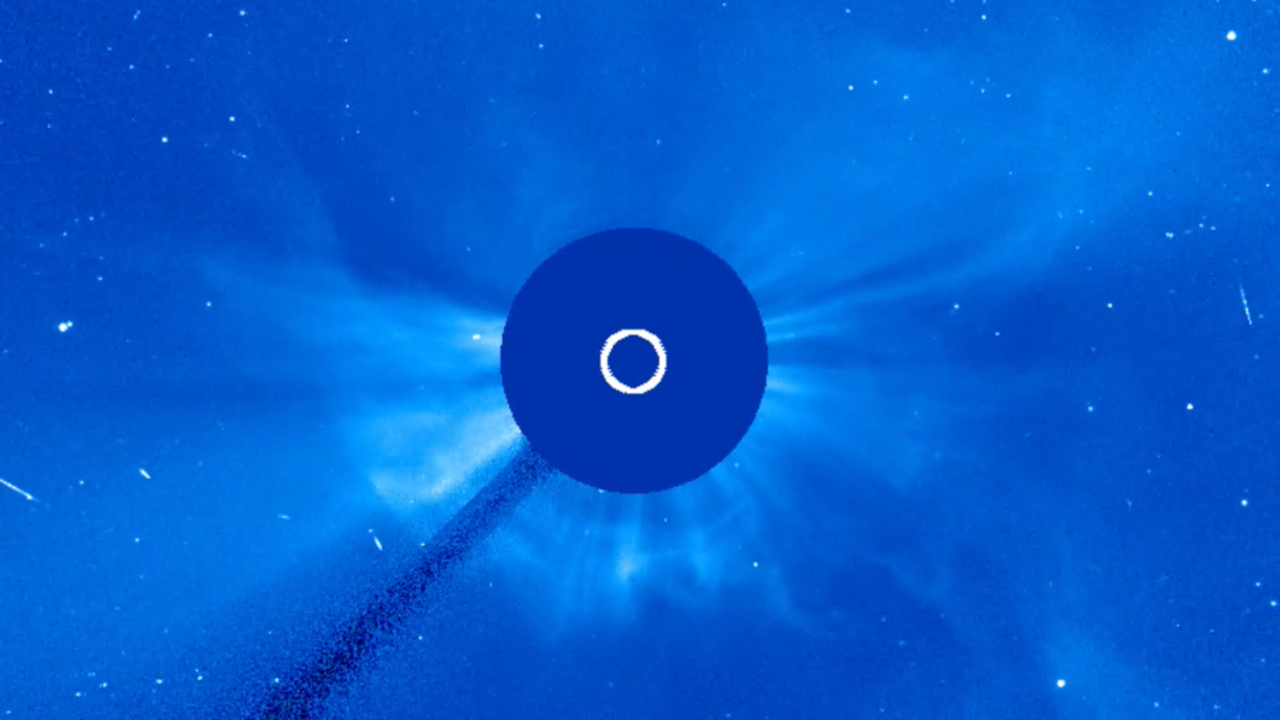
Sun outburst goes 'cannibal' as fast new blob overtakes a slower one
By Meghan Bartels last updated
It's been a busy few days for our sun, which has produced three of the outbursts that scientists call coronal mass ejections since Monday (Nov. 1).
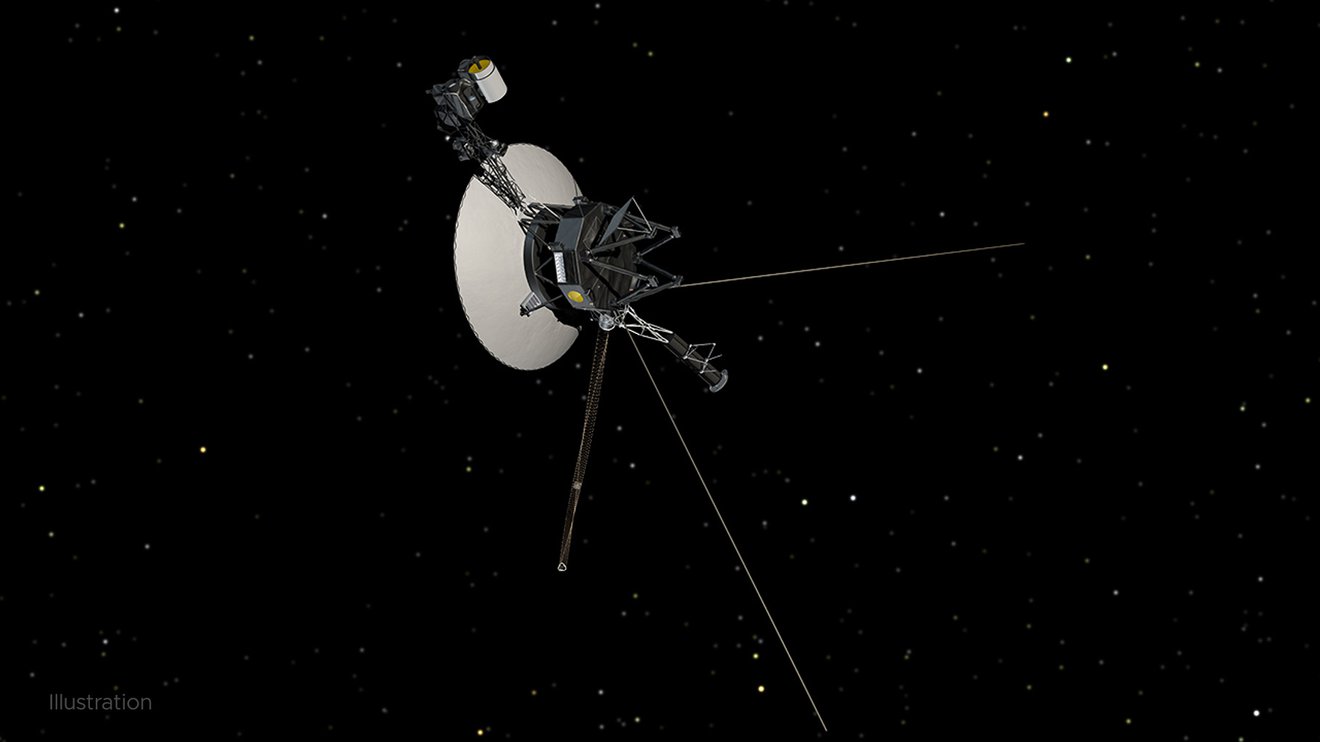
Voyager 1 glitch? Strange signals from venerable probe has NASA baffled
By Meghan Bartels last updated
Spending 45 years traversing the solar system really does a number on a spacecraft.
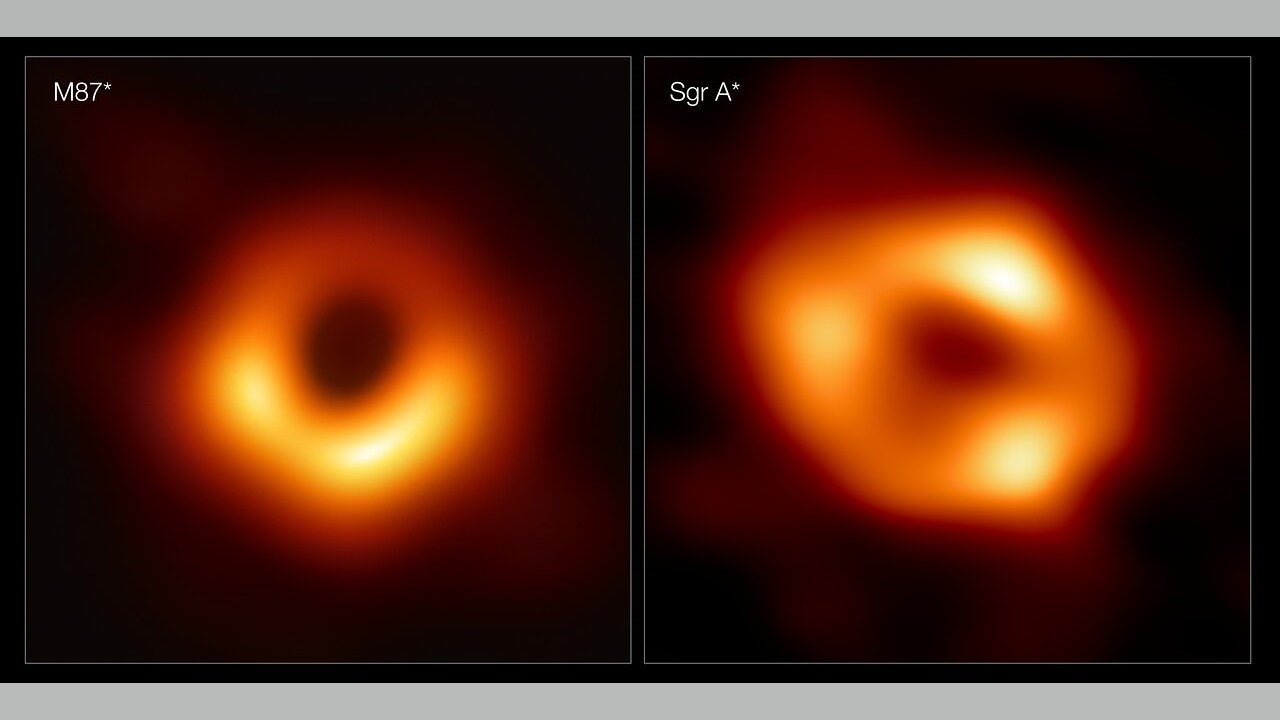
Milky Way vs M87: Event Horizon Telescope photos show 2 very different monster black holes
By Meghan Bartels published
Three years after the first-ever image of a black hole, scientists have done it again — this time, closer to home, and of a very different invisible behemoth.
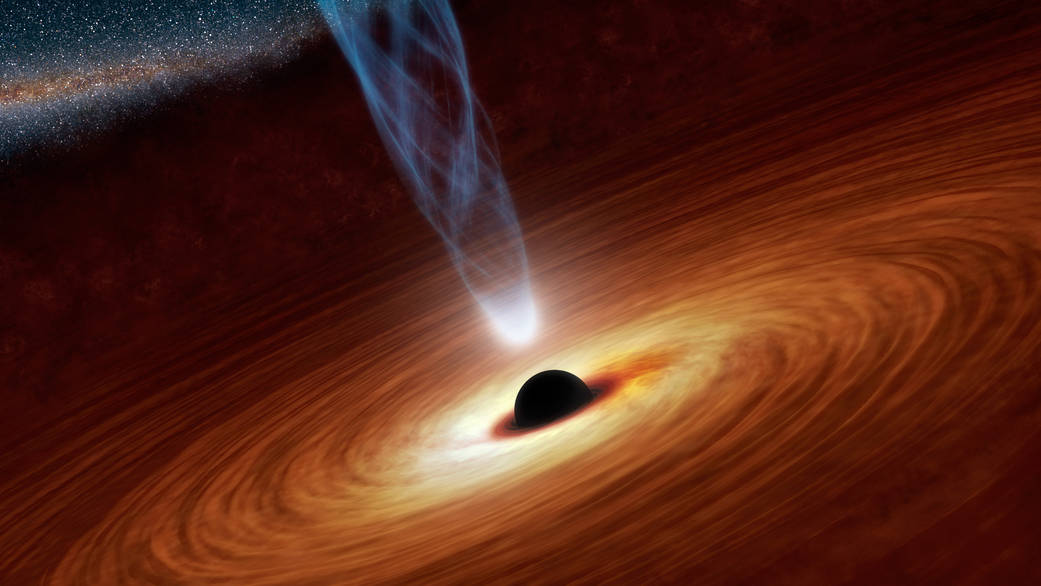
Something Weird Is Happening to the Black Hole at the Center of the Milky Way
By Meghan Bartels last updated
Astronomers have been watching the black hole at the center of our galaxy for 20 years, and in May, they saw something they'd never seen before.

Climate change is making Earth dimmer
By Meghan Bartels last updated
Earth is reflecting less light as its climate continues to change, new research suggests.

In 'Horizons,' a discarded global view of science shines
By Meghan Bartels published
What if everything we're taught about the history of astronomy and physics is wrong?
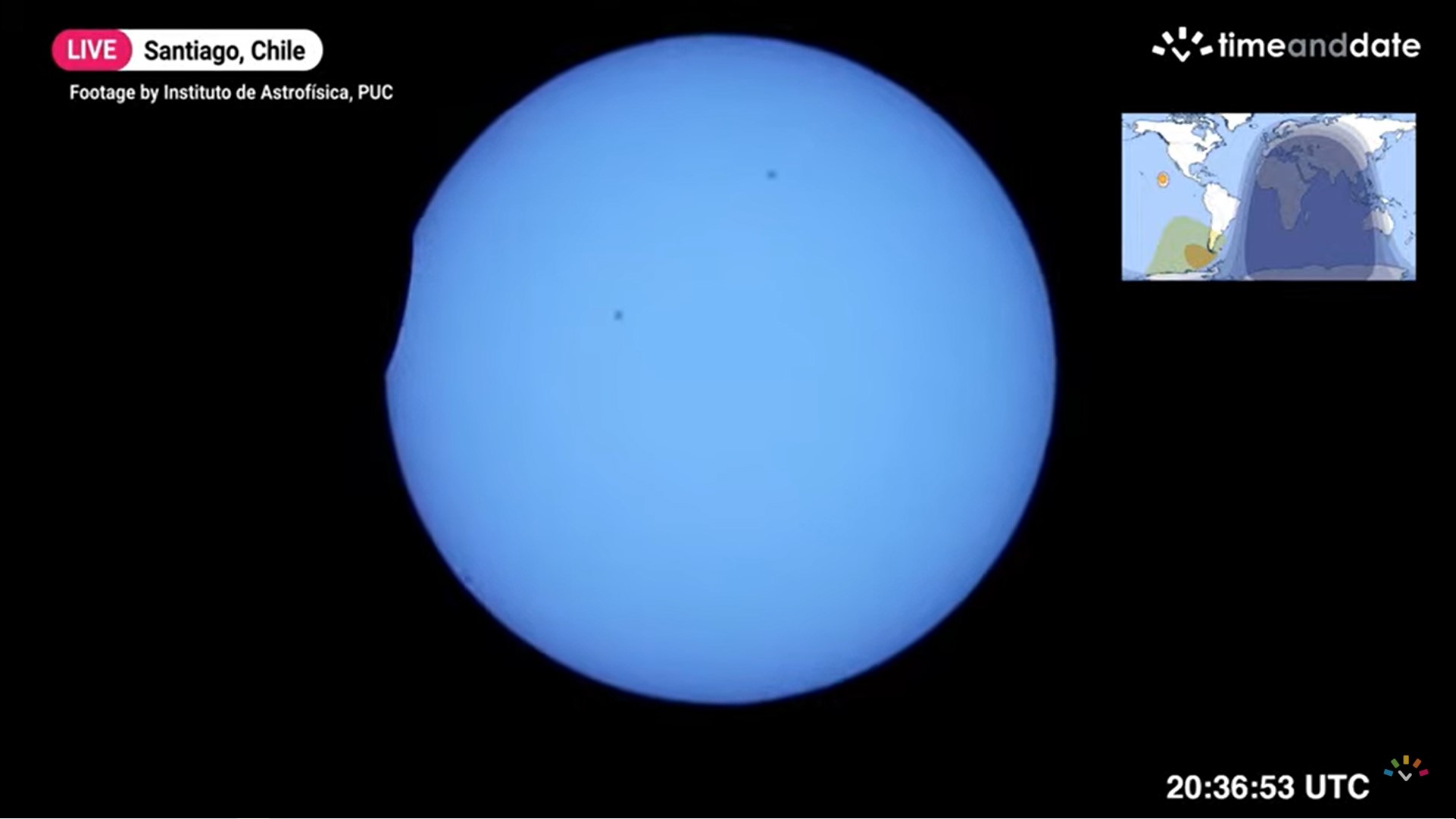
The first solar eclipse of 2022 has begun and here's the first views!
By Meghan Bartels last updated
It's the moment skywatchers have been waiting for: The year's first solar eclipse has begun.
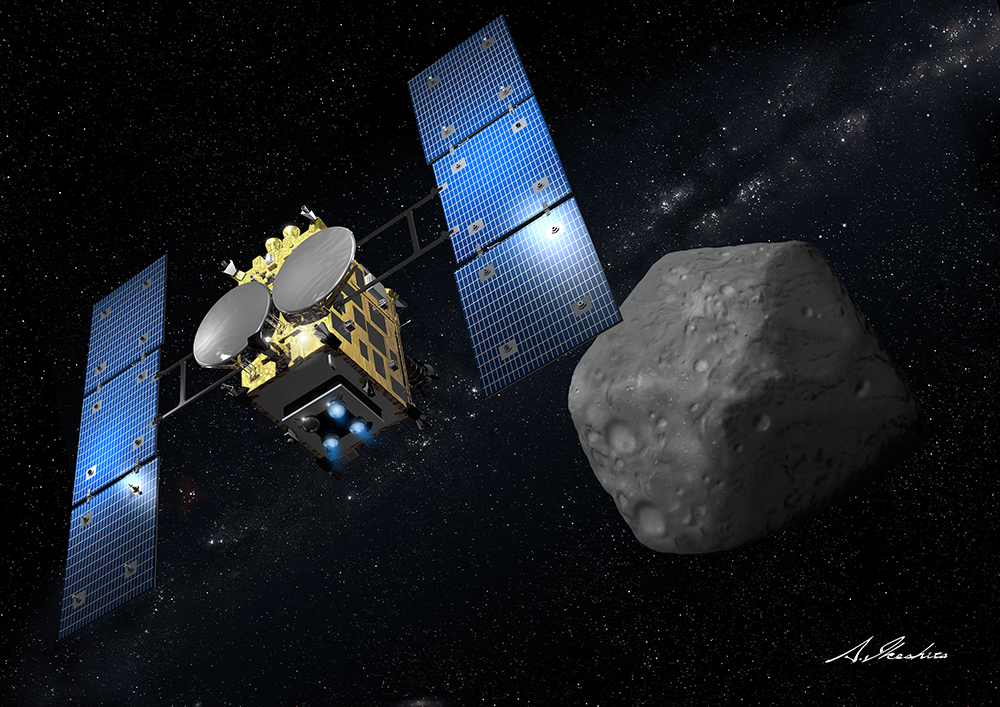
Japan's asteroid samples faced surprise challenges on Earth: A pandemic, traffic jams and airport security
By Meghan Bartels published
Collecting rocks from an asteroid is rocket science; getting them to the lab is another story.
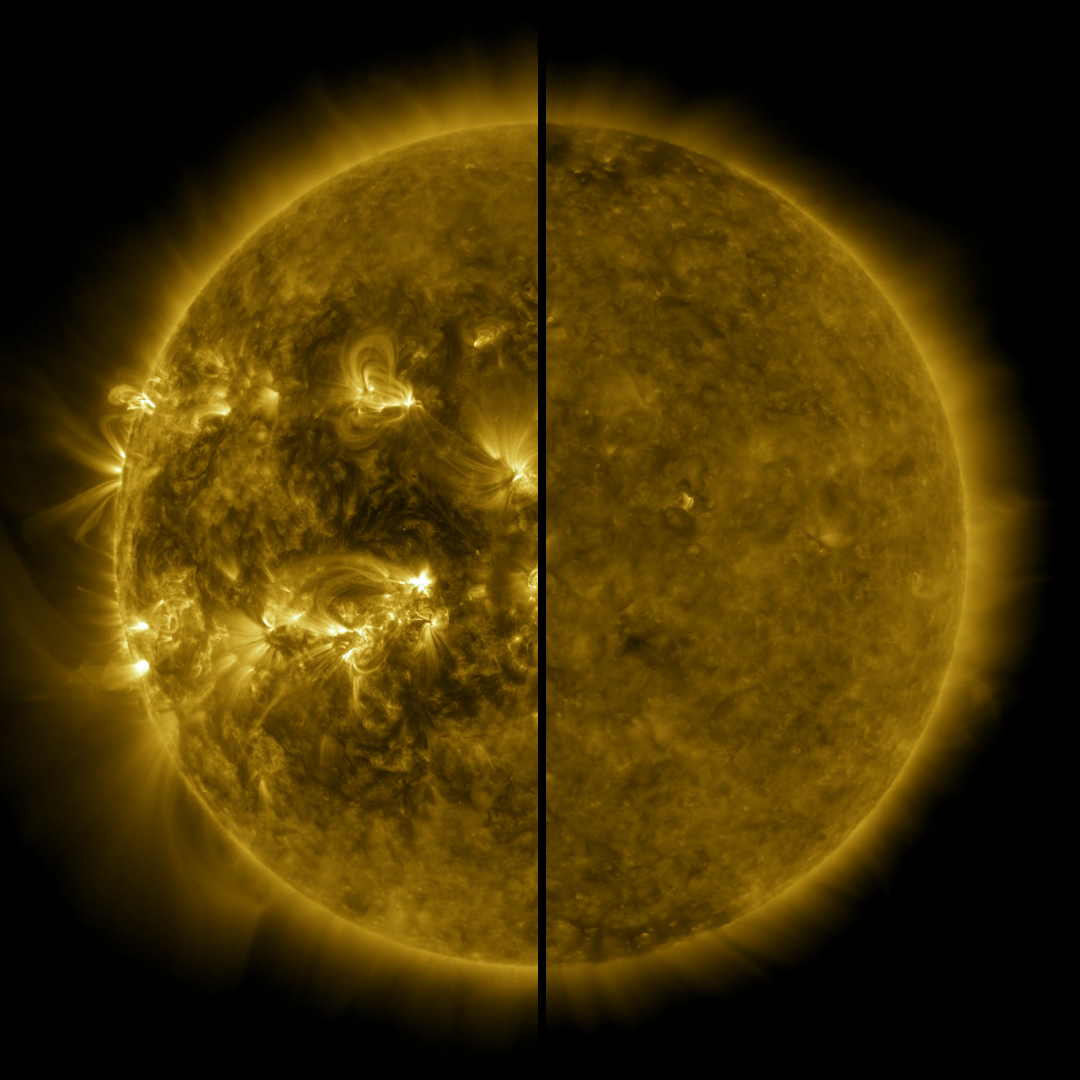
The sun has begun a new solar weather cycle. It should be pretty quiet, scientists say.
By Meghan Bartels last updated
We're officially nine months into solar cycle 25, scientists have confirmed, and it will likely look much like its predecessor, which ran from 2008 to 2019.
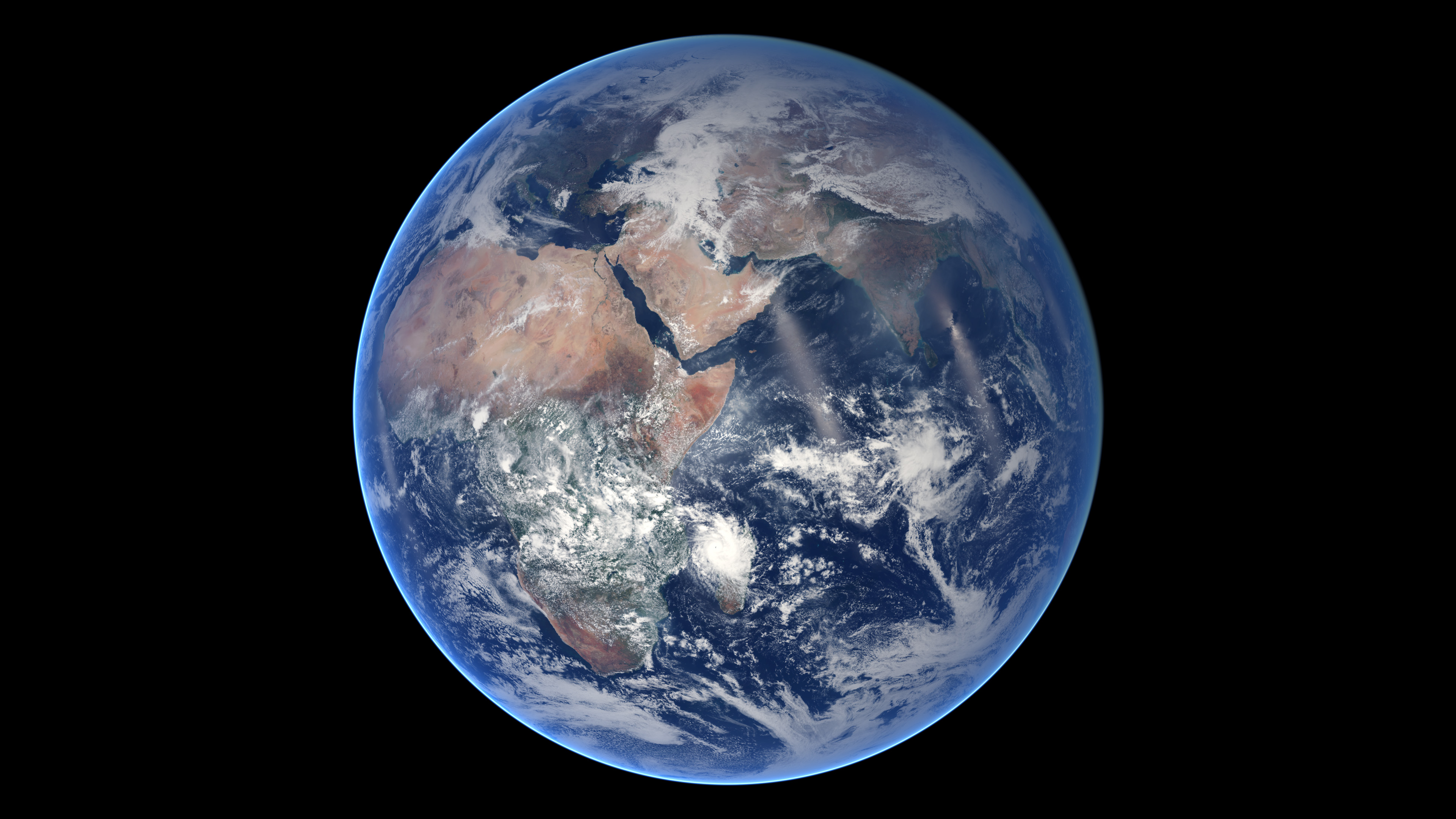
What makes Earth unique?
By Clara Moskowitz, Meghan Bartels last updated
Several factors make Earth unique given what scientists know about the thousands of planets discovered to date.
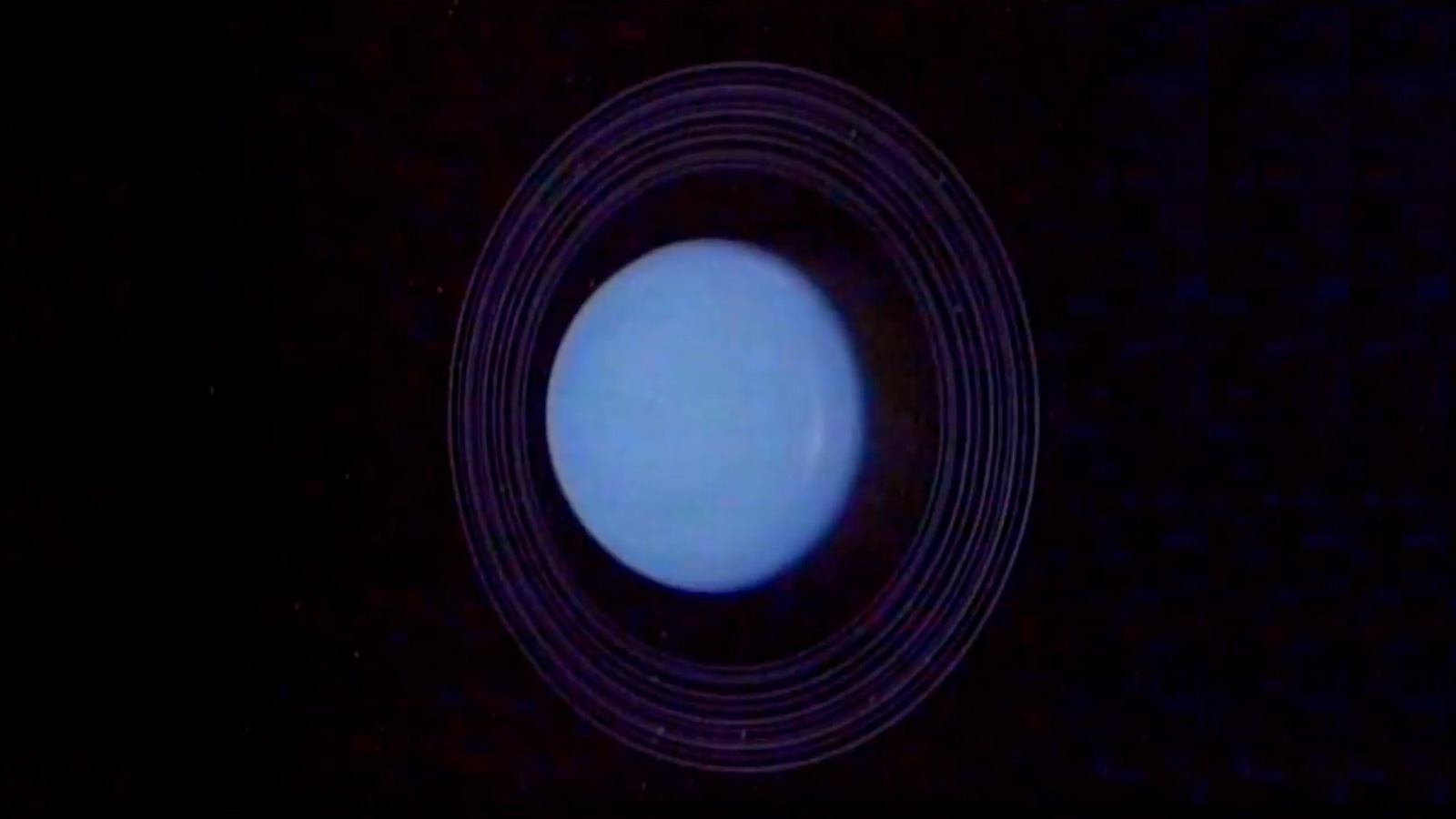
Here's where planetary science is going in the next decade
By Meghan Bartels published
The solar system is overflowing with fascinating destinations, but NASA can only operate so many missions.
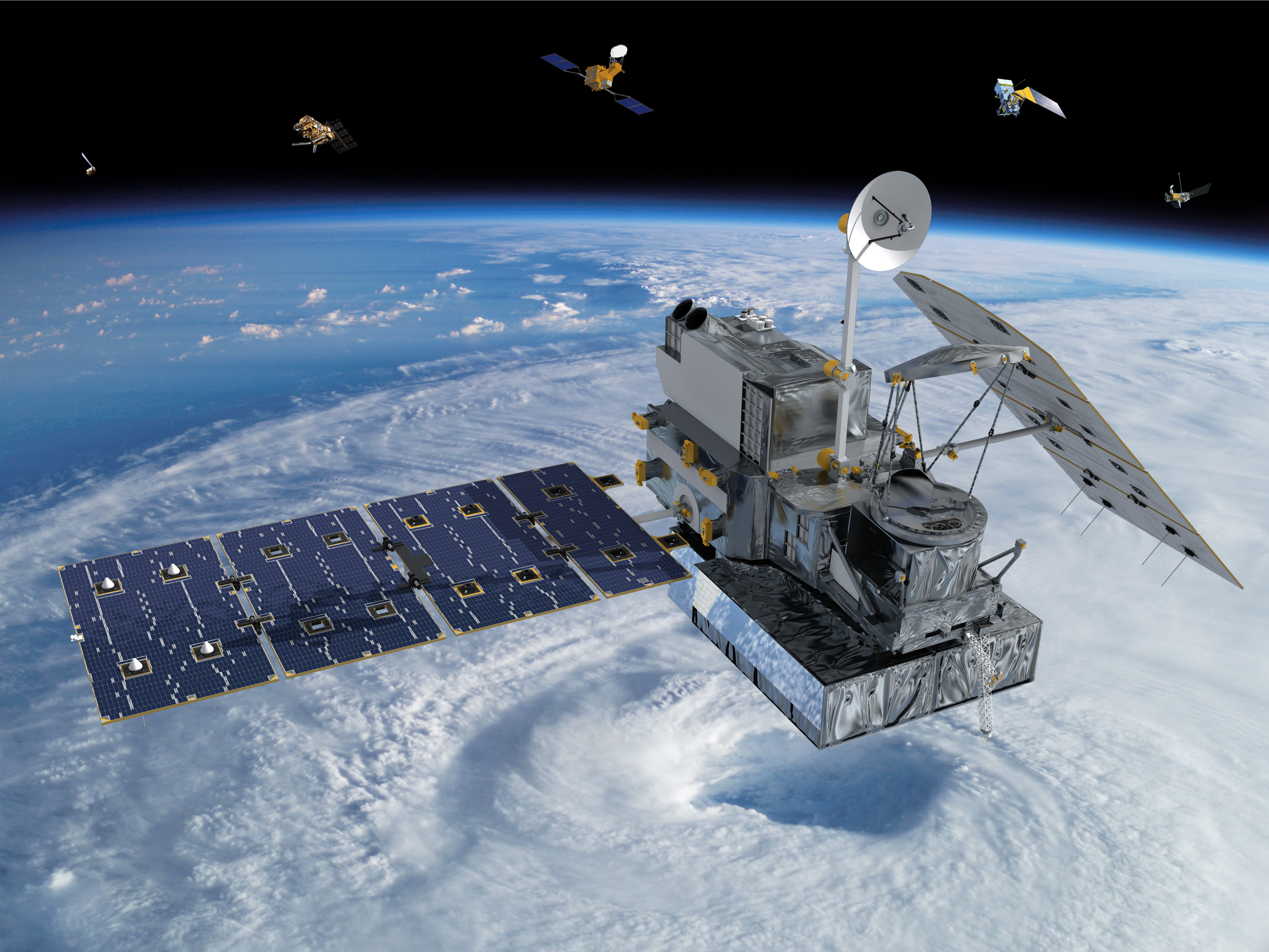
Earth science missions are still challenged 50 years after 1st Earth Day
By Meghan Bartels last updated
Human space exploration has shown us that we live on a beautiful swirl of green and blue and white — even when life on Earth is riddled with sorrows, sickness and challenges knotted beyond measure.

Celebrate Earth Day 2019 with This Animated Google Doodle
By Meghan Bartels last updated
Earth is one of thousands of planets known to date — but it's the only world we know of that hosts life, and that's worth celebrating.

Pew, pew! Scientists detect record-breaking 'megamaser' 5 billion light-years away
By Meghan Bartels published
In just one night of observing, scientists detected a new record-breaker, the most distant megamaser known to date.

Name of James Webb Space Telescope not yet a closed case, NASA officials say
By Meghan Bartels published
NASA isn't done evaluating the career of telescope namesake James Webb, officials said after controversy surrounding the flagship observatory's name has continued since last summer.

What if the same spacecraft studied mysterious icy bodies and the cosmos as well?
By Meghan Bartels published
Staring out into space is a time-tested technique for making long journeys pass more quickly, but not one often applied at the scale of the solar system.
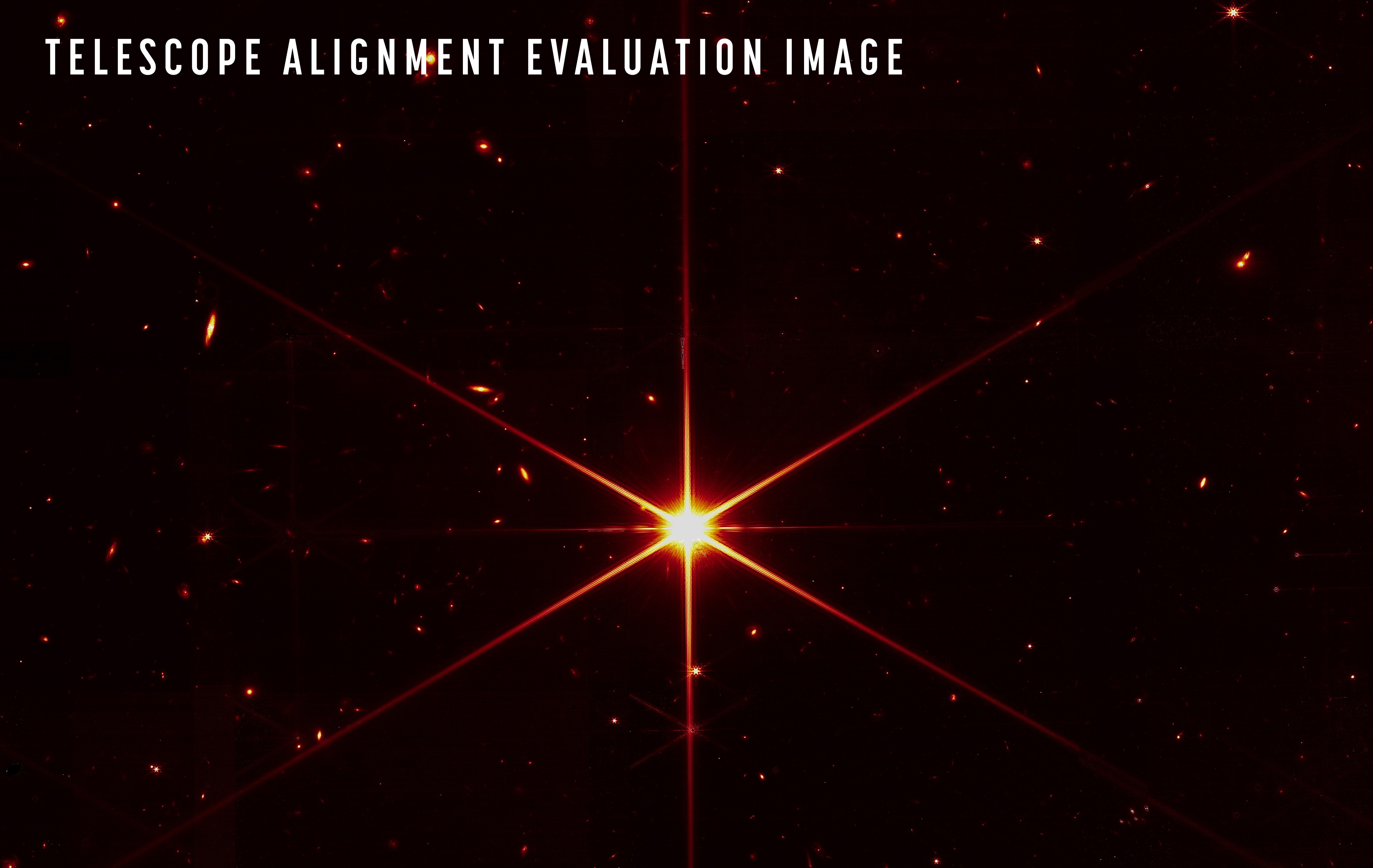
New James Webb Space Telescope photo showcases single star in key mission milestone
By Meghan Bartels published
The next great observatory is sharpening its vision and can now boast a clear view of a single star.
Get the Space.com Newsletter
Breaking space news, the latest updates on rocket launches, skywatching events and more!
